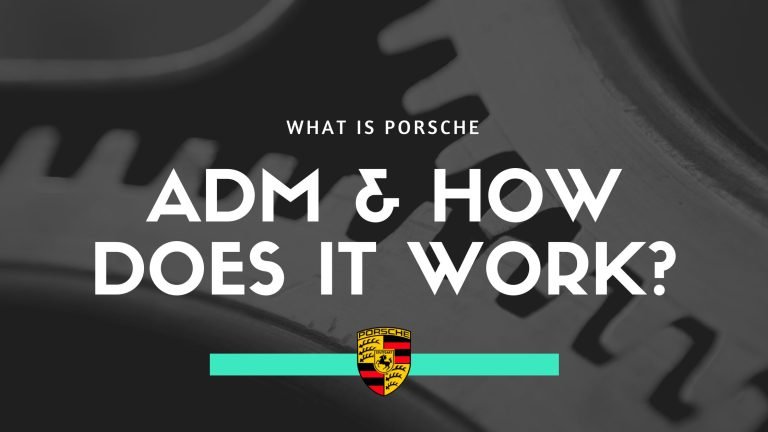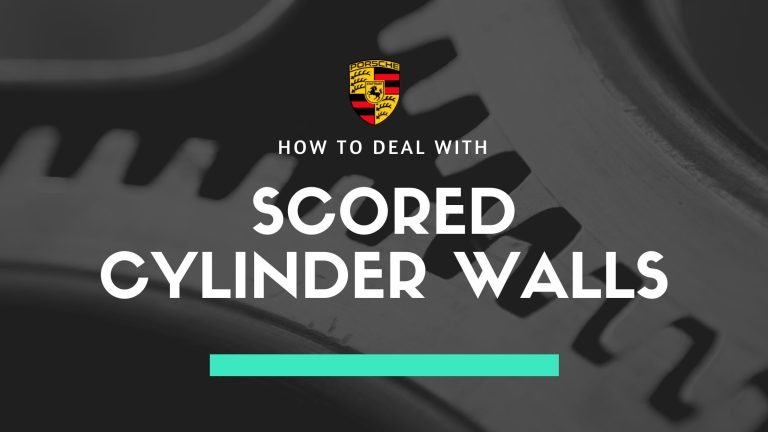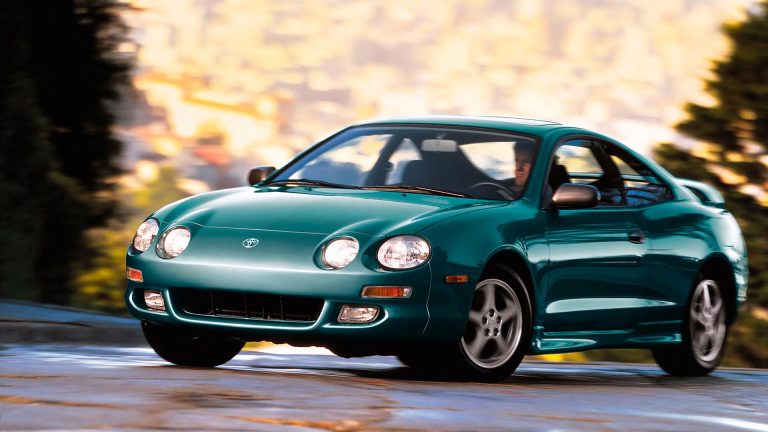How To Use Paddle Shifters (Explained)
Paddle shifters are often listed on the spec sheet when you’re buying a new car, but what do they actually do, and do they really make for a more efficient driving experience? The following is all you need to know about paddle shifters.
What Are Paddle Shifters?
Paddle shifters are most typically found in sporty automobiles or sport trim levels, because they allow for faster gear changes. They’re usually found by the steering wheel or directly behind it. One of the paddles moves the car up a gear, while the other paddle moves it down a gear. Essentially what’s happening is the paddle is sending an electronic signal to the clutch, causing the gear to change.
Paddle shifters originated in the late 80’s, first used in the semi-automatic Ferrari Formula One race cars. They were attached behind the steering wheel so the driver could concentrate on driving and shifting gears without taking one of his hands off the steering wheel.
This increased level of control led to a much safer experience for Formula One drivers. By the 90’s, paddle shifters could be found in supercars and high-speed streetcars, and nowadays, they’re found in all sorts of everyday cars.
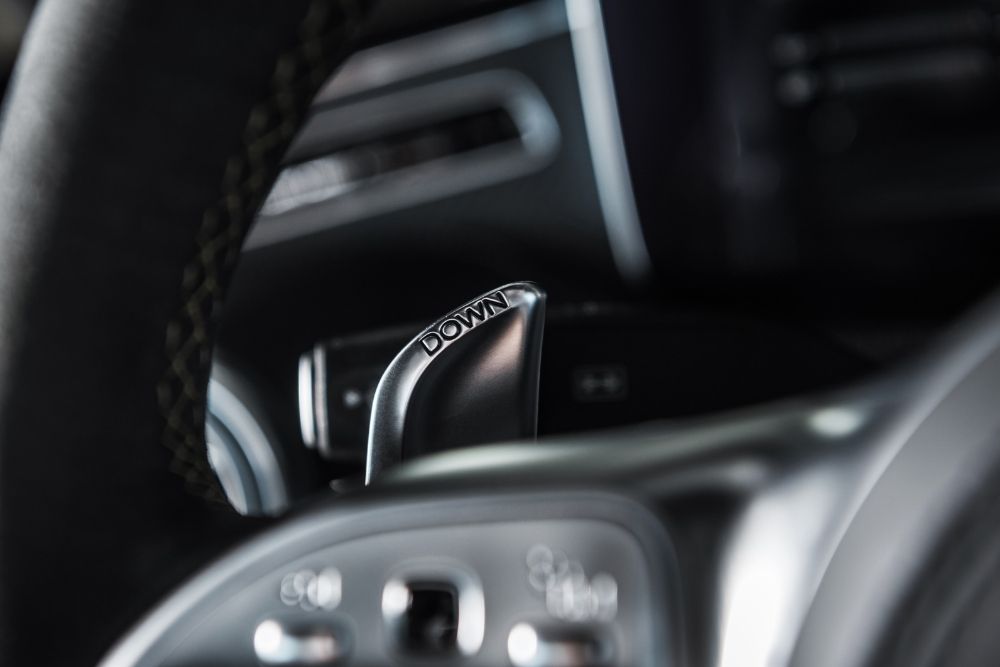
What Kind Of Cars Use Paddle Shifters?
Paddle shifters can be found in three types of transmissions: manuals, automatics, and automated manuals. There are quite a few distinctions between each of these transmissions.
Manual Transmissions
Paddle-shift manual transmissions are normally exclusive to race cars. These vehicles still have a clutch pedal, but rather than a manual H-pattern or sequential gear lever, paddle shifters are integrated into the steering wheel. To start and stop these cars, all you have to do is squeeze the clutch.
Automatic Transmissions
Paddle shifters are used in both standard automatics and cars with continuously variable transmissions (CVTs), in order to provide the driver additional control over the vehicle. These are frequently used in conjunction with specific ECU programming to ensure that the driver doesn’t harm the transmission by shifting aggressively or abusively.
Automated-manual Transmission
Automated manual transmissions are semi-automated manual transmissions. The Aventador is equipped with an automatic manual transmission that is controlled by the car’s ECU and paddle shifters. Because of the way the clutch and transmission are automated, this technology is frequently described as jerky or aggressive.
In terms of the actual cars that feature paddle shifters, there’s simply too many to list. While paddle shifters used to be exclusive to high-end models (like your Lamborghinis and your Aston Martins), they’re now available in a wide variety of cars.
How To Use Paddle Shifters
If you’re driving a car with paddle shifters, make sure that it’s in manual mode so you can paddle shift with complete control. The right paddle shifts the gear up, while the left paddle shifts the gear down.
Not shifting properly isn’t really an issue when it comes to paddle shifters. There are a number of factors that will make it so you can’t change gears, such as:
- One of the paddles is pressed while the other is held down.
- You simultaneously press both paddles.
- Before the engine approaches the lower limit of the higher gear, you upshift.
- Before reaching the upper limit of the lower gear, you downshift.
- While stationary, you try to shift to third gear or higher.
Can Paddle Shifters Ruin Your Engine?
Hard downshifting from high gears can potentially damage your transmission. But most paddle shifters come with downshift lockouts. This will mean that you won’t be able to drop to the lowest gear, an action which would have otherwise burned your transmission.
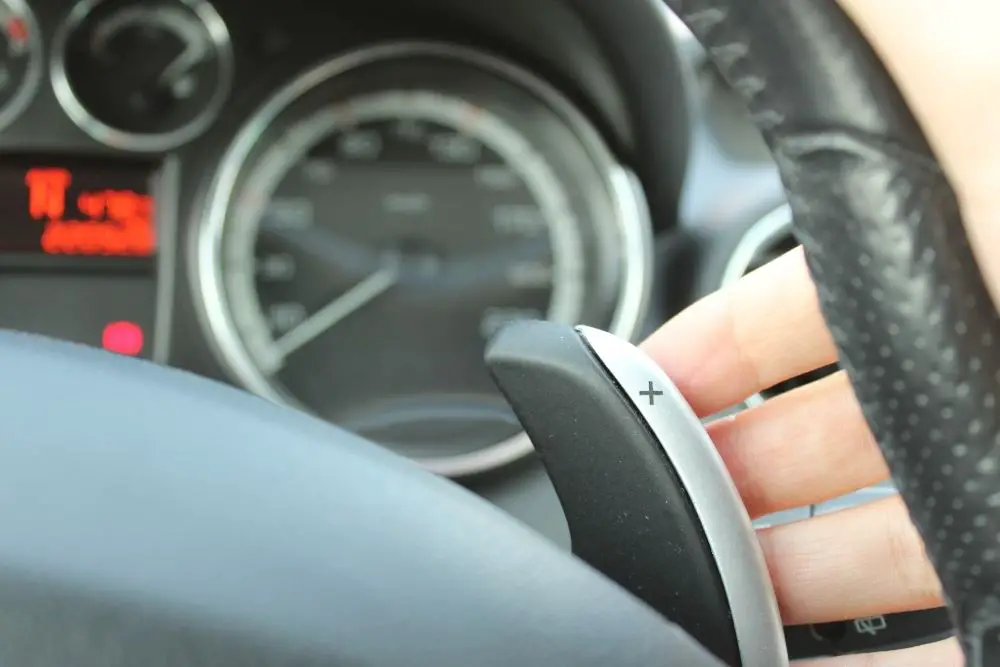
When Should I Be Using Paddle Shifters?
Paddle shifters can be used whenever you want to feel like a Formula 1 driver (which might be all the time, we don’t know you!), but they are designed to provide the driver more control over the car’s torque and power.
They’re especially beneficial if you want your car’s transmission to have a bit more automatic oomph. You won’t have to worry about using your paddle shifters at the wrong time- if you’re an experienced driver, gear changes will just be instinct by now.
A lot of cars with manual shifting also give the driver a warning light on the dashboard when the car thinks you should go up a gear.
Do Paddle Shifters Make The Car Go Faster?
In a car with an automatic transmission, paddle shifters can help you drive faster because you’ll be able to stay in a gear for as long as you want, without the automatic system shifting it up by itself. It should be noted, though, that this isn’t always the case; sometimes the automatic system will override the user’s intention, shifting up gears even though you haven’t pressed the paddle.
If to you that sounds like the most frustrating thing ever (and has you questioning why automatic cars have paddle shifters in the first place), and you have an automatic transmission, then it might be best to avoid them for now.
Things To Know When Using Paddle Shifters
There are a few things you should be aware of when using paddle shifters.
- The more aggressively you shift, the higher the RPM will go before upshifting. This can cause your car to burn fuel at a faster rate.
- Automatic transmissions have shift points that are preset, based on common denominator conditions. With paddle shifters, you can quickly adapt to changing situations, whatever they may be.
- Downshifting a couple of gears while you’re towing on a hill can relieve the strain on your brakes.
Conclusion: Are Paddle Shifters Worth It?
If you’re not driving supercars, paddle shifters aren’t really anything to write home about. While they might seem like a fun and handy feature, you’re likely to write them off as a gimmick within a few weeks. Certainly you shouldn’t be letting the inclusion of paddle shifters sway your decision when purchasing a car… but they can’t exactly hurt.


